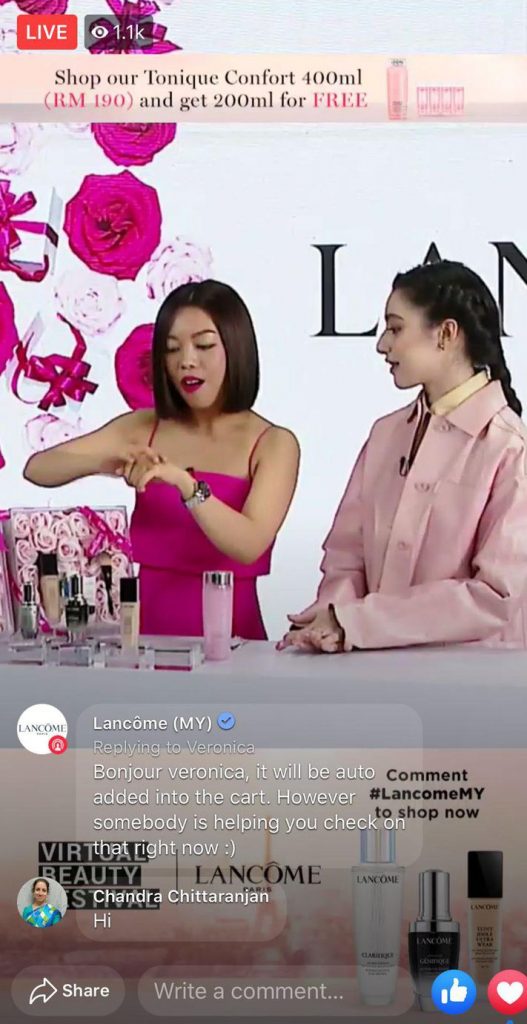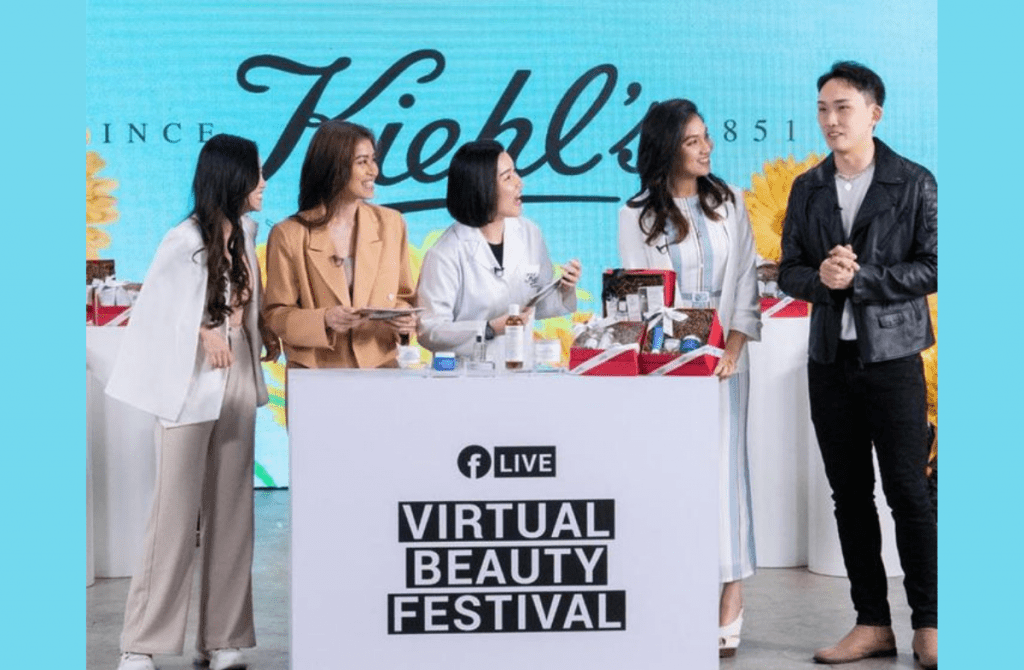By Tiffany Lung,
Chatbots were once all the craze and supposedly the new disruptive phenomenon in retail technology, only for it to fail the basic norms of customer service and annoying customers for its lack of natural language processing maturity. After all, human interaction is still a quality consumers seek, despite the industry pushing for unmanned stores.
The new retail buzzword of the year is ‘conversational commerce’ (c-commerce) – a convergence of shopping and conversations, whereby messenger tools are used (e.g. Facebook Messenger, WhatsApp etc.) to combine shoppable products within the chat to create a seamless shopping experience, tied with impeccable customer service leading to this conversion. Though not a new invention, conversational commerce has developed and matured over the years of test and fails especially as technology advanced with better performing APIs that connects platforms altogether.
A study commissioned by Facebook and Boston Consulting Group revealed that three in 10 consumers in South East Asia have made c-commerce purchases and are gaining traction across the APAC market as they are 1.26 times more likely than the global average to use messaging for product research in the first place. Shoppers are found to favour c-commerce for enquiring product and pricing information, second to getting instant responses and personalized conversations that help build a trusted relationship with the seller.
Virtual Beauty Festivals

Paired with livestreaming capabilities which have bloomed over the year, cosmetics group L’Oréal took on livestreaming and conversational commerce to build a virtual beauty festival in South East Asia markets, particularly Malaysia and Vietnam, which had reaped much success.

L’Oréal’s Malaysia division hosted a 12-hour virtual beauty festival and saw results of one month’s worth of online sales in a mere 24 hours. The group highlighted and featured its luxe range of brands ranging from YSL, Armani to high-street labels Urban Decay and IT Cosmetics where each brand had an hour and a half to promote its products, featuring celebrities and influencers hosting giveaways and flash sales. Different to just livestreaming, L’Oréal uses Jumper.ai, an end-to-end conversational commerce and shopper engagement platform that enables viewers to use a dedicated hashtag to trigger a private conversation on messenger with the customer. The client can then interact with a real-life beauty advisor personally, place orders and make payment all within the chat.
Hosted on Facebook Live tied with its messenger function, over 17,000 chats were activated, reaching 2.6 million people with a 12% post-engagement rate. The sales had quadrupled compared to its daily average and deepened its engagement with its consumers which ultimately boosted sales.
Meanwhile, Vietnam had also replicated an equal amount of success enabling shopping through chat. As consumers value convenience, the connection between people and businesses amplify the intent of purchase and shortens the distance between wanting and having.
Kiehls Vietnam, in particular, witnessed a high online penetration of over 30% and increased sales by 22%, alongside four times the amount of new conversations weekly owing to faster responses to customer enquiries. Orders placed through the chat instantly connected to the brand’s logistics and inventory management department to close the loop from conversation to order and shipment.
Conversation As The Future of Commerce
Consumers expectations and their online behaviours are evolving and becoming more demanding, henceforth more social media channels racing to integrate a seamless shopping experience within their platforms – as seen with Shopify and TikTok’s partnership deal as of late. Virtual shopping vendor Hero has also been another solution adopted widely by brands over the pandemic in enabling sales associates with video chat tools for in-home consultations and converting discovery chats into actual sales.
At a time where omnichannel is no longer an option, brands have to now do the reverse and pivot from offline to online, yet still ensuring a personalized experience is involved within the shopper’s journey to enhance its overall online brand experience. Consumers generally prefer a humanized touch and have a higher preference to shop from brands that they can interact and chat with. Conversational commerce combines the personal touch found in-stores and the convenience of e-commerce which ultimately reduces the friction of shopping online and brings much more value than that of chatbots.
MARKETING Magazine is not responsible for the content of external sites.











